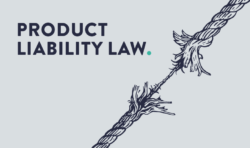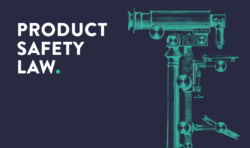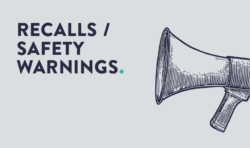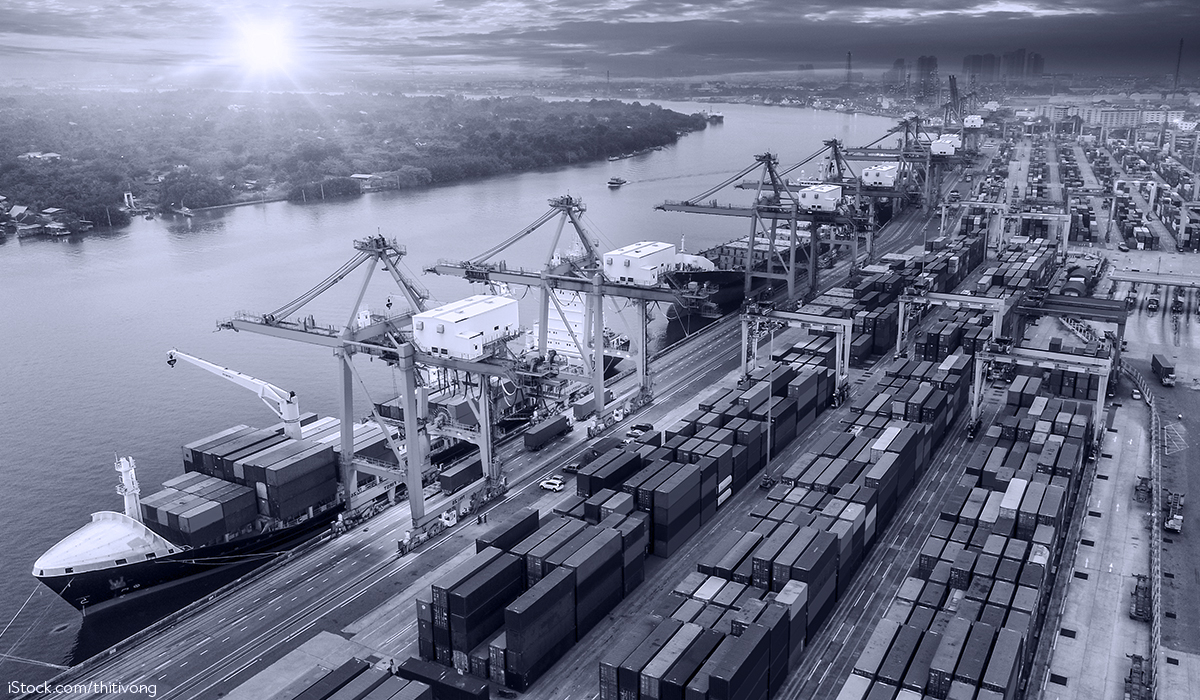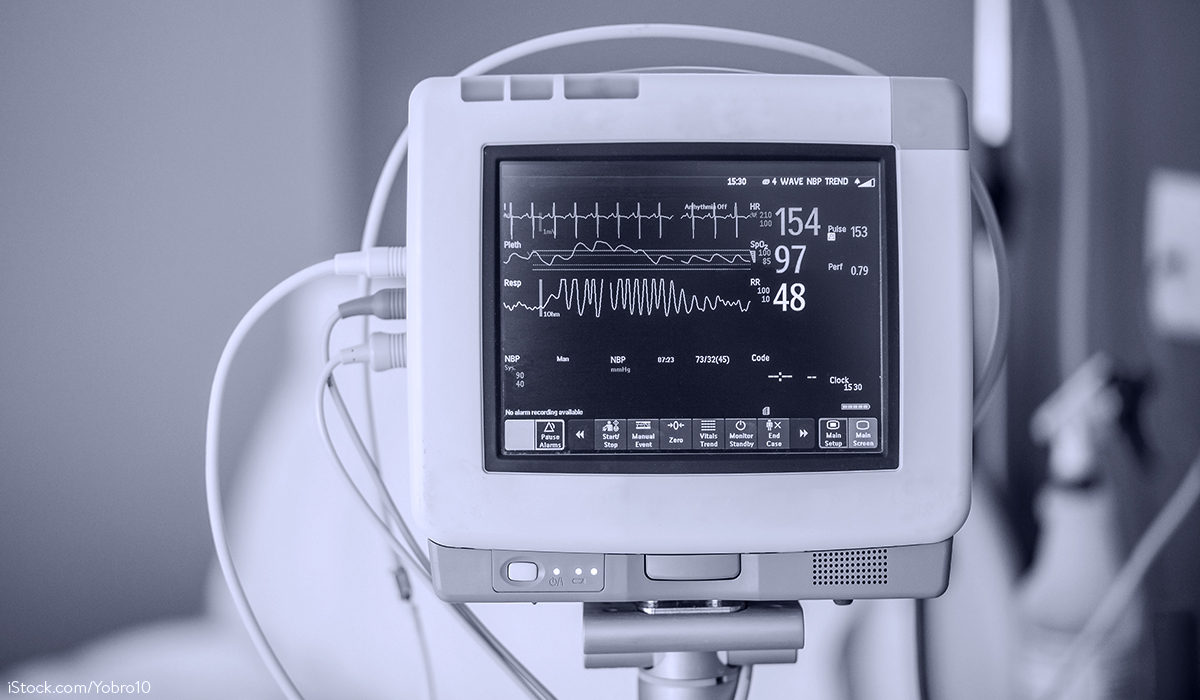However, the right course must be set internally well in advance to ensure product compliance from the outset. This fundamental reform of European consumer product law will be flanked by a reform of national product safety law, which was initiated at the end of 2023 but has not yet been completed.
A. The new product safety regulation
On 23.05.2023, the new EU Product Safety Regulation (GPSR) of 10.05.2023 was published in the Official Journal of the EU. The GPSR will apply throughout the EU from 13.12.2024. At the same time, Directive 2001/95/EC (so-called General Product Safety Directive) is to be repealed. The GPSR will only apply to consumer products and will essentially bring about the following changes:
- Recognition of the fulfilment service provider (Art. 3 No. 12) and qualification of the fulfilment service provider as an economic operator (Art. 3 No. 13) – however, there are no specific obligations for the fulfilment service provider (in contrast to Sec. 6 para. 6 ProdSG).
- New criteria and elements for assessing the safety of products, such as confusability with food, attractiveness for children or required cyber security features (Art. 6).
- Obligation for manufacturers to carry out an internal risk analysis or to prepare technical documentation (with detailed risk analysis) for every consumer product, with no de minimis limit, Art. 9 para. 2.
- Specification of the substantial change by three criteria, Art. 13 para. 3.
- Linking the marketability of all consumer products to the existence of an EU economic operator (Art. 16).
- New (information) obligations for economic operators in distance selling from the moment the product is offered (Art. 19).
- New obligations in particular for the producer in the event of accidents in connection with consumer products (Art. 20).
- Special obligations for providers of online marketplaces (Art. 22).
- Reorganization of the Safety Gate law with the three elements Safety Gate rapid alert system for market surveillance authorities, Safety Gate portal for the public and Safety Business Gateway for economic operators and providers of online marketplaces (Artt. 25 ff.).
- Obligation to use the safety business gateway by economic operators and providers of online marketplaces, in particular for the purpose of fulfilling official reporting and notification obligations (see Art. 27).
- Requirements for informing consumers in the event of safety warnings and recalls (Art. 35).
- Detailed requirements for the design of a recall notice (Art. 36).
- Obligation of the economic operator to remedy the situation in the event of a recall, namely by offering repair, replacement of the recalled product with a safe product of the same type or appropriate reimbursement of the value of the recalled product (Art. 37).
The following aspects were discussed in particular recently:
- Firstly, the “e-mail address” that will be required in future, particularly for manufacturer identification and importer data, has been replaced by an “electronic address”, meaning that providing an “ordinary” internet address should also suffice without further ado.
- Secondly, the view is also gaining ground in the German discourse that manufacturers do not have to report every accident. Rather, only those accidents that lead to death or serious consequences for the health or safety of that person are correctly reportable. In any case, the relevance of these de minimis limits is suggested by other language versions (such as English or French) than the German version.
- Thirdly, the considerable (also financial) effects of a recall will foreseeably lead to avoidance strategies in the future: Not only will the safety warning become much more attractive as an alternative to a recall. It is also to be feared that in future any risks will be artificially “downplayed” in cases of doubt in order to avoid the need for action in the field in the first place. Contrary to the aims of the GPSR legislator, this would be a significant step backwards for consumer protection. With regard to the safety warning as an alternative, it should be noted that this must also be permissible under producer liability law in the Federal Republic of Germany. While this has been recognized in the area of non-consumer products or technical work equipment (so-called B2B products) since the so-called care bed decision of the BGH of 16.12.2008, the same does not (yet) apply to the area of consumer products (so-called B2C products). It will be interesting to see whether the regulatory requirements from Artt. 35 ff. GPSR will lead to a readjustment of producer liability case law in the medium term.
- Fourthly, the deadline of 13.12.2024 will have to be taken into account – by then, consumer products that do not comply with the GPSR must have been placed on the market. It should be borne in mind that placing on the market can also take place within a group of companies, for example, if the required transfer takes place between two legal entities.
- And fifthly and finally, as part of the risk analysis, it will make sense to assess the relevant assessment criteria for product safety from Art. 6 GPSR. Furthermore, the distinction between so-called complex products and “simple” (trivial) products must not be overlooked in this respect: In the case of simple products, a simple risk analysis is sufficient!
Incidentally, the fact that the legislator does not require absolute safety in the B2C sector remains unchanged: the definition of a safe product in Art. 3 No. 2 GPSR allows for minor risks (so-called trivial risks) if they are compatible with its use, are deemed acceptable and are compatible with a high level of consumer protection.
Finally, it is important to note that the GPSR also applies to B2C products in the harmonized area as part of its so-called umbrella function. It can therefore also be applied without further ado to CE-marked toys, electrical equipment or machinery. The scope of the subsidiary application of the GPSR is admittedly controversial due to the complicated and ultimately unsuccessful delimitation formula in Art. 2 para. 1 GPSR.
B. Reform of national product safety legislation
Following the recent extensive reform of national product safety law, another revision is pending. The Act on the Provision of Products on the Market (Product Safety Act – ProdSG) of 27.07.2021 and the new Act on Market Surveillance and Ensuring the Conformity of Products (Market Surveillance Act – MüG) of 09.06.2021 were only enacted in mid-2021 in order to adapt national product safety law to the EU Market Surveillance Regulation (Regulation (EU) 2019/1020). The national legislator is now called upon to synchronize the ProdSG 2021 with the GPSR, as the ProdSG 2021 is currently still the German transformation act for the implementation of Directive 2001/95/EC.
Accordingly, the German government presented a draft bill for the ProdSG on 25.10.2023 (hereinafter “ProdSG-D”). Even though the new ProdSG will serve to implement a number of EU legal acts, such as numerous directives from special product safety law and the EU Product Safety Regulation (GPSR), it will also retain its long-standing catch-all function, Art. 1 para. 3 ProdSG-D. This means that if no specific product safety regulations apply to a product, its marketability must be measured against the new ProdSG. This may become relevant for non-harmonized non-consumer products, for example. Although there are no longer many of these, this phenomenon still occurs in isolated cases. Unsurprisingly, the German language is then prescribed for consumer products when it comes to the language of information, instructions and warnings in implementation of the corresponding requirements of the GPSR, Sec. 6 ProdSG-D.
National sanction law is undoubtedly particularly important in national product safety law. In fact, the provisions on fines in Sec. 29 ProdSG-D are to be significantly expanded. While para. 1 is to have 21 numbers in future, the new para. 2 contains a catalogue of no fewer than 42 numbers. The latter sanctions only infringements of the GPSR. Against this background, it can be said without further ado that the ProdSG legislator has taken the mandate under EU law from Art. 44 para. 1 GPSR to define sanctions for breaches by economic operators and providers of online marketplaces of their respective obligations more than seriously. Following the recent consultation of the associations, the further legislative process remains to be seen until the new ProdSG 2023 is enacted.
C. The new Machinery Regulation
The new EU Machinery Regulation (hereinafter “Machinery Regulation”) dated 14.06.2023 was published in the Official Journal of the European Union on 29.06.2023. However, the main components of the new machinery legislation will not yet have to be observed in the current year 2024. Instead, the General Provisions or the obligations of economic operators will not apply until 20.01.2027, Art. 54 subpara. 2 Machinery Regulation.
In fact, individual provisions already began to apply last year. Even if these are aimed exclusively at the national level, it should nevertheless be noted that, on the one hand, the EU Member States can already issue provisions on sanctions (even if these will naturally only take effect from 20.01.2027). On the other hand, the criteria and procedures for supplementing the list of machinery in Parts A and B of Annex I of the Machinery Regulation, Art. 6 para. 7 Machinery Regulation, apply. For this, a machine must not only present a serious inherent potential risk. It must also, for example, lack harmonized standards that cover the relevant essential health and safety requirements.
From 20.01.2024, Chapter V of the Machinery Regulation on the notification of conformity assessment bodies will begin to apply, namely with Artt. 26-42 Machinery Regulation. And from 20.07.2024, the Commission in particular will be able to adopt delegated acts in accordance with Art. 6 para. 2 of the Machinery Regulation to supplement the list of machinery in Parts A and B of Annex I of the Machinery Regulation with regard to the criteria already applicable under Art. 6 para. 7 of the Machinery Regulation.
D. Reforms in sectoral product safety law
The following EU legal acts will continue to be under observation in 2024
- Revision of Directive 2009/48/EC (so-called EC Toy Safety Directive)
- Revision of Directive 2009/125/EC (so-called Ecodesign Directive)
- Revision of Regulation (EU) No. 305/2011 (so-called EU Construction Products Regulation)
As far as the new EU Toy Safety Regulation is concerned, the planned introduction of the digital product passport should be emphasized. This is to replace the previous EC Declaration of Conformity in future. In particular, the digital product passport will be accessible via a QR code. In addition, children are to be even better protected from chemical risks in future.
As far as the new Ecodesign Regulation, which is dogmatically part of product-related environmental law, is concerned, the current status of the negotiations indicates that the scope of application will remain as intended from the outset: Specifically, the intention is to move away from products that are initially energy-using and then energy-related in such a way that, in future, practically any product can be subject to the corresponding regulation, which focuses even more strongly on comprehensive sustainability. This applies, for example, to textiles, which have not yet been the subject of product-related implementing measures in ecodesign law. In terms of content, the digital product passport continues to be a particular focus. In Germany in particular, there is currently a dispute about the need to refer to the ISO/IEC 15459 series in the planned Ecodesign Regulation.
The legislative process for the new Construction Products Regulation also made progress at the end of 2023. According to the current status of the agreement, however, the current construction products legislation will continue to apply until 2039, meaning that a 15-year transition period will apply. In fact, this reform will probably not result in a major overhaul but will lead to a cautious further development of the existing Construction Products Regulation from 2013. Instead, the focus in the coming years will be on revising the harmonized standards, precisely because this process has recently stalled considerably. For this reason, the reformed Construction Products Regulation should give the Commission the power to issue harmonized technical specifications itself, so that the EU’s ability to act is maintained even in any blockade scenarios. Unsurprisingly, a digital passport for construction products is also to be included in future construction product legislation.
E. Ban on the import and sale of sky lanterns
Shortly before Christmas 2023, the Federal Council approved the new 15th ProdSV. According to Sec. 1 of the 15th ProdSV, the ordinance regulates “the ban on the import, placing on the market and making available of sky lanterns on the German market”. The specific prohibition follows from Sec. 3 of the 15th ProdSV. According to Sec. 2 of the 15th ProdSV, a sky lantern is an unmanned balloon-like flying lantern,
- in which the buoyancy is generated by an open fire source and
- which flies freely and without the possibility of control, whereby
- the fuel for heating the air may be solid, liquid or gaseous.
The ban also expressly applies if the “lantern” is referred to in concreto as a wish lantern or lucky balloon, for example, Sec. 2 para. 2 of the 15th ProdSV. This is intended to prevent any circumventions that attempt to evade the prohibition simply by using other product designations. Violation of the prohibitions can be sanctioned with a fine of up to EUR 100,000, Sec. 4 para. 1 of the 15th ProdSV. Repeated infringements can even be upgraded to a criminal offense – albeit under strict conditions – in accordance with Sec. 4 para. 2 of the 15th ProdSV.
The 15th ProdSV is the first ordinance issued by the federal government on the relatively new legal basis of Sec. 8 para. 2 ProdSG. This enables the federal government to issue ordinances to restrict or ban products “that pose a high risk to the safety or health of persons, animals, soil, water, the atmosphere or significant material assets.” With regard to sky lanterns, the German government assumes that there is a considerable risk to life and limb, especially as they can reach heights of up to 500 meters, travel up to several kilometres from the starting point depending on the wind strength and can burn for between 5-20 minutes (BR-Drs. 557/23, p. 1). The explanatory memorandum to the ordinance explicitly refers to the fire at Krefeld Zoo on New Year’s Eve 2019, in which over 50 monkeys, flying foxes and birds died as a result of an unlawfully launched sky lantern (BR-Drs. 557/23, p. 1, 4).
The 15th ProdSV will enter into force immediately on the day after its promulgation. This should be the case very soon.
F. Standardization of charging interfaces on the end device side
Certain categories or classes of radio equipment must meet new requirements regarding charging interfaces when placed on the market from 28.12.2024. Smartphones in particular, but also tablets, headphones, etc., must be placed on the market with a USB Type-C port from this date and, where applicable, support the UBS Power Delivery fast charging protocol. Laptops do not have to meet the new requirements until 28.04.2026, see Art. 1 No. 12 of the draft amendment to the Radio Equipment Act. The proposed legislation is based on Directive (EU) 2022/2380, which amends Directive 2014/53/EU on the harmonization of the laws of the Member States relating to the making available on the market of radio equipment (so-called EU Radio Equipment Directive). The aim of the regulation is to standardize charging interfaces on the end device side. The new regulation is intended to counteract market fragmentation with regard to charging interfaces and charging protocols for radio equipment. The legislative process to amend the Radio Equipment Act is nearing completion.
Do you have any questions about this news, or would you like to discuss the news with the author? Please contact: Dr. Carsten Schucht


